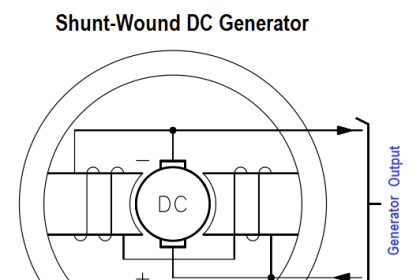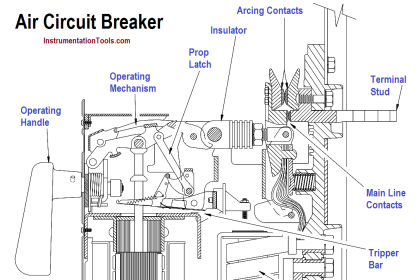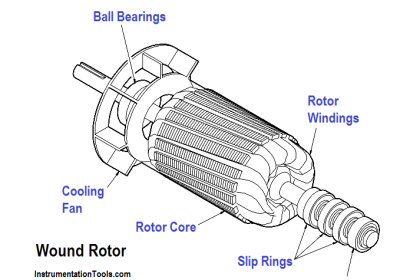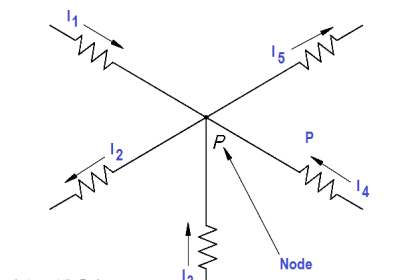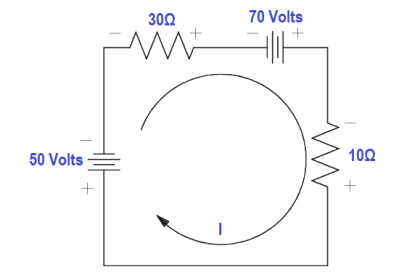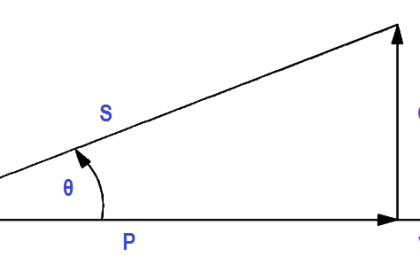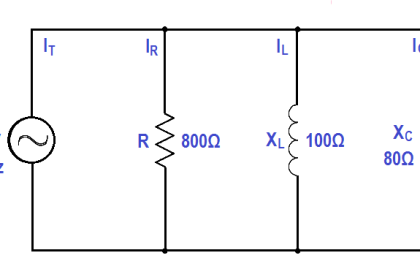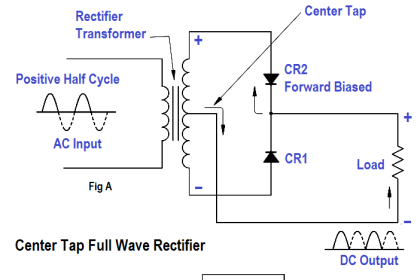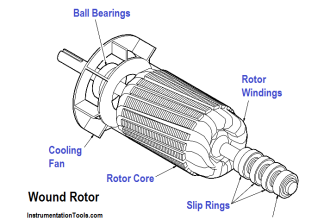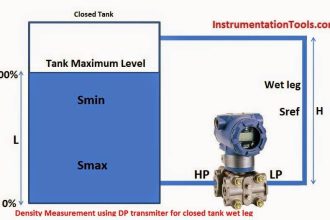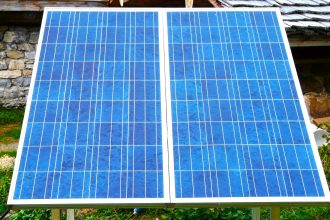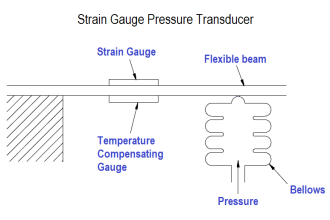Paralleling AC Generators
Most electrical power grids and distribution systems have more than one AC generator operating at one time. Normally, two or more generators are operated in parallel in order to increase the available power. Three conditions must be met prior to paralleling (or synchronizing) AC generators.
- Their terminal voltages must be equal. If the voltages of the two AC generators are not equal, one of the AC generators could be picked up as a reactive load to the other AC generator. This causes high currents to be exchanged between the two machines, possibly causing generator or distribution system damage.
- Their frequencies must be equal. A mismatch in frequencies of the two AC generators will cause the generator with the lower frequency to be picked up as a load on the other generator (a condition referred to as “motoring”). This can cause an overload in the generators and the distribution system.
- output voltages must be in phase. A mismatch in the phases will cause large opposing voltages to be developed. The worst case mismatch would be 180° out of phase, resulting in an opposing voltage between the two generators of twice the output voltage. This high voltage can cause damage to the generators and distribution system due to high currents.
During paralleling operations, voltages of the two generators that are to be paralleled are indicated through the use of voltmeters. Frequency matching is accomplished through the use of output frequency meters.
Phase matching is accomplished through the use of a synchroscope, a device that senses the two frequencies and gives an indication of phase differences and a relative comparison of frequency differences.
